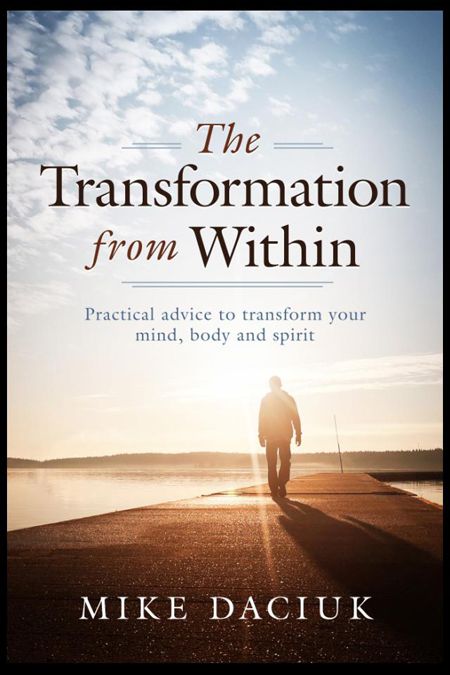1. Clean up your diet.
This means:
- Stop eating refined flour, sugar, and processed foods.
- Cut out caffeine.
- Stop drinking alcohol.
- Balance your blood sugar by eating protein, such as a protein shake, eggs, and nut butters, for breakfast.
- Eat evenly throughout the day and don’t skip meals.
- Don’t eat within three hours of bedtime.
- Cut out all dairy and consider eliminating other common allergens for a few months, especially gluten.
- Increase fiber in your diet from vegetables, fruit, nuts, seeds, beans, and whole grains. Two tablespoons of ground flax seeds a day are especially helpful in correcting constipation and balancing hormones. Put them in a shake or sprinkle them on salads or food.
- Increase omega-3 fats by eating more wild fish like sardines, herring, and wild salmon, as well as omega-3 eggs and walnuts.
- Eat organic food, especially animal products, to avoid environmental estrogens from pesticides.
2. Take supplements.
A number of supplements have been shown to help ease PMS symptoms by improving metabolic function and hormone metabolism. Here are the superstars:
- Magnesium citrate or glycinate — Take 400 to 600 mg a day.
- Calcium citrate — Take 600 mg a day.
- Vitamin B6 — Take 50 to 100 mg a day along with 800 mcg of folate and 1,000 mcg of vitamin B12.
- Evening primrose oil — Take two 500mg capsules twice a day.
- EPA/DHA (omega 3 fats) — Take 1,000 mg once or twice a day.
- Taurine — Take 500 mg a day to help liver detoxification.
- A good daily multivitamin (all the nutrients work together)
Herbs and phytonutrients can also be very helpful. Here are the best studied and most effective:
- Chasteberry fruit extract (Vitex Agnus-astus) can help balance the hormones released by the pituitary gland that control your overall hormone function. Studies of over 5,000 women have found it effective. Take 100 mg twice a day of a 10:1 extract.
- Wild yam (Dioscorea villosa) and cramp bark (Viburum opulus) can help regulate cycles and relieve menstrual cramps.
- Dandelion root can help with liver detoxification and works as a diuretic.
- Isoflavones from soy, red clover, or kudzu root improve estrogen detoxification by boosting the activity of specific detox enzymes. They can be taken as supplements or consumed in the diet.
- Flax seeds contain lignans that help balance hormone metabolism and block the negative effects of excess estrogens.
- Chinese herbal formulas may also help. One of the most effective is Xiao Yao San, or Rambling Powder. It contains: Bupleurum Root (Bupleurum chinense), Chinese Peony Root (Paeonia lactiflora), Dong Quai Root (Angelica sinensis), Bai-Zhu Atractylodes Root (Atractylodes macrocephala), Poria Sclerotium (Poria cocos), Ginger Rhizome (Zingiber officinale), Chinese Licorice Root (Glycyrrhiza uralensis),and Chinese Mint Leaf (Mentha haplocalyx)
- Replacing healthy bacteria in the gut also helps normalize estrogen and hormone metabolism. Take 5 to 10 billion live organisms in a daily probiotic supplement.
- For intractable cases, I will occasionally use topical, natural bioidentical progesterone in the last two weeks of the menstrual cycle. The usual dose is 1/2 tsp (20 to 40 mg) applied at night to thin skin areas for the last two weeks of the menstrual cycle.
3. Get moving.
Exercise is very important for balancing hormones. Aim for 30 minutes of aerobic exercise, 4 to 5 times a week.
4. Address stress.
Dealing with stress is also critical. Take a hot bath at night, get a massage, try yoga, learn deep breathing or meditation. These techniques and others can help balance hormones.
http://drhyman.com/blog/2010/09/17/how-to-eliminate-pms-in-5-simple-steps/



